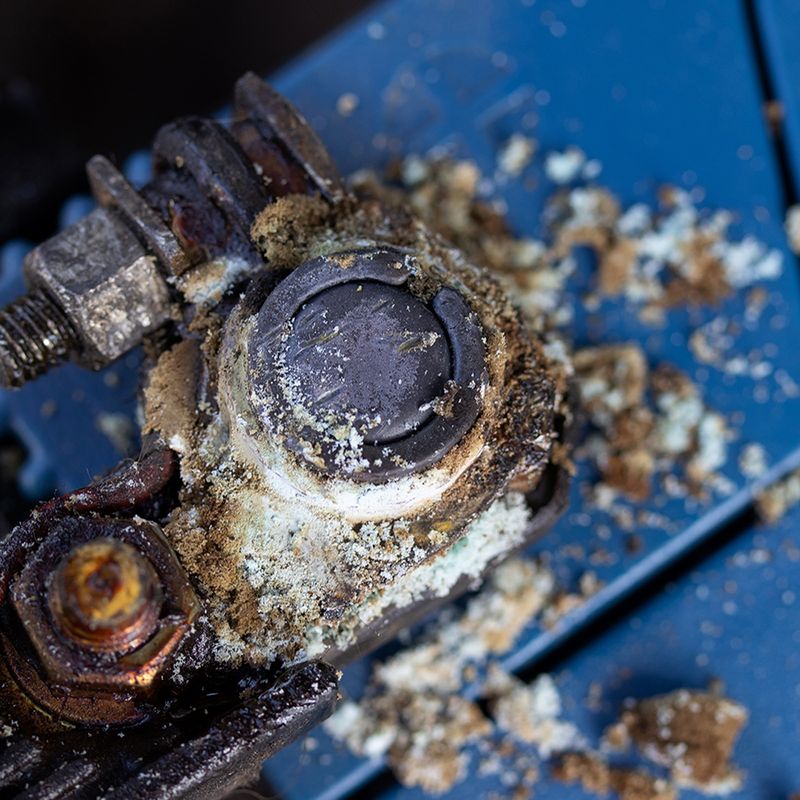Alright, let’s talk about this battery acid pump. For ages, I’ve been messing around with old batteries, mainly for my little workshop projects and keeping a couple of old vehicles barely alive. And every single time I had to top one up or, heaven forbid, transfer acid from one container to another, it was a disaster waiting to happen. Spills, ruined clothes, and that lovely burning sensation if you weren’t careful. Enough was enough, I figured.

Getting the Idea Rolling
So, I thought, there’s got to be a gadget for this, right? Looked around, some were too pricey, others looked flimsy. I’m more of a hands-on guy anyway. “Why not just build one?” I said to myself. Seemed simple enough: a pump, some tubes, a way to power it. The main thing, of course, was making sure anything touching that nasty acid wouldn’t just dissolve into goo. That was priority number one.
Scrounging for Parts
My first stop was my junk drawer, then the shed. You’d be surprised what you find. I had a small 12V motor from an old car window mechanism, plenty of torque, I reckoned. For the pump itself, I needed something that wouldn’t corrode. I remembered seeing these little peristaltic pump heads online – the kind where rollers squeeze a tube. The acid would only ever touch the inside of the tube. Perfect! Ordered one, specifically making sure the included tubing was rated for chemical resistance. While waiting for that, I dug out:
- Some old electrical wire.
- A toggle switch from a broken radio.
- A plastic project box that once held something entirely different.
The tubing that came with the pump head was a bit short for what I wanted, so I had to source some extra, longer, acid-resistant tubing. That took a bit of searching, but I found some eventually. Not cheap, that stuff, but better than melting regular plastic.
Putting it All Together
Once all the bits and pieces arrived, I cleared my workbench. First, I mounted the peristaltic pump head onto a small piece of scrap plastic. Then, I coupled the motor to the pump head. This was a bit fiddly, had to make a small custom bracket out of a bent piece of metal I found. Looked rough, but it held.
Next, I drilled some holes in my plastic project box. One for the switch, two for the tubes (inlet and outlet), and another for the power wires. I wired up the motor to the switch, and then ran a pair of wires out of the box to connect to a 12V battery. I made sure all connections were snug. Then I carefully threaded the acid-resistant tubing through the pump head and out through the holes in the box. I wanted the pump mechanism itself to be sort of protected inside the box, even though it wasn’t sealed airtight or anything fancy.
The Moment of Truth: Testing Time
Before I even thought about letting this thing near actual acid, I tested it with water. Filled a bucket, stuck the inlet tube in, flipped the switch. Whirr! The motor spun, the pump head turned, and water started flowing out the other tube! Not super fast, but a nice, steady stream. I let it run for a bit, checking for leaks around the tube connections to the pump head. All seemed good.
Then came the real test. Put on my gloves, my safety glasses – the whole nine yards. I had an old battery that needed some acid moved to a proper disposal container. With a bit of nervousness, I carefully put the inlet tube into the battery cell. Flipped the switch. The pump whirred, and sure enough, acid started flowing smoothly through the tube and into the disposal container. No spills, no fuss. It was actually working!
Job Done, and Lessons Learned
I’ve used it a few times now, and it’s made a world of difference. It’s slower than just pouring, sure, but it’s a million times safer and cleaner. No more balancing heavy batteries or trying to pour acid from awkward containers. Just stick the tube in, flip a switch, and wait.
The whole thing probably cost me less than buying a commercial one, and honestly, building it was half the fun. It’s not pretty, but it does the job. And I know exactly how it works, so if something goes wrong, I can probably fix it. A good little project, all in all. Definitely worth the effort to avoid those nasty acid encounters.

